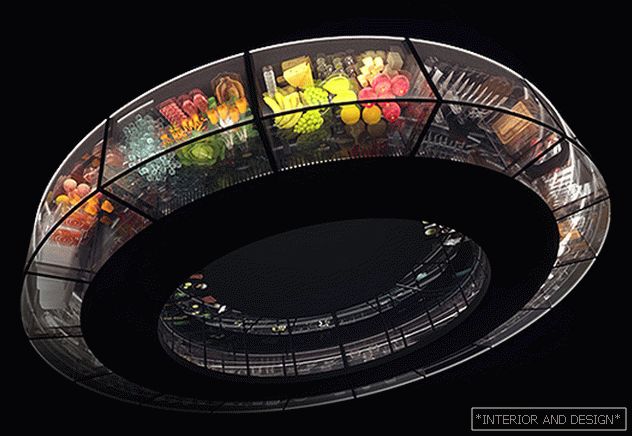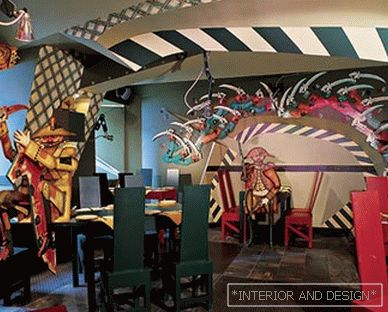The Italian factory FontanaArte has been producing designer lamps since 1931, when its famous art director Joe Ponty became its art director. The newest Lights to Live collection includes works by world-class professionals: Karim Rashid, Karlo Colombo, Julio Lacchetti, Claesson Koivisto Rune studios and many others.
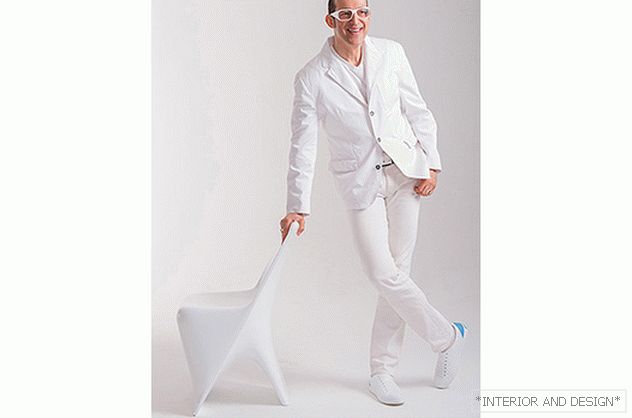 Karim Rashid
Karim Rashid 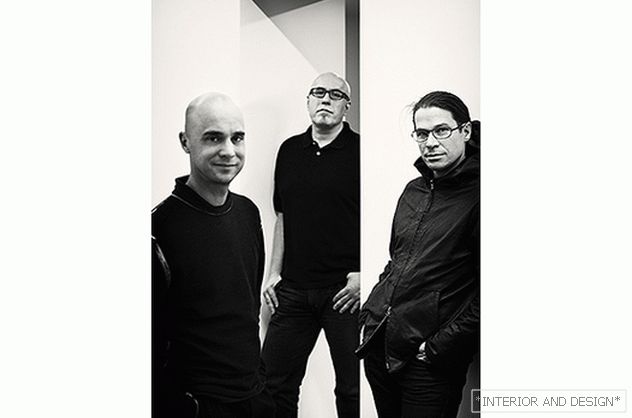 Swedish design trio Claesson Koivisto Rune
Swedish design trio Claesson Koivisto Rune  Odo Fjoravanti
Odo Fjoravanti 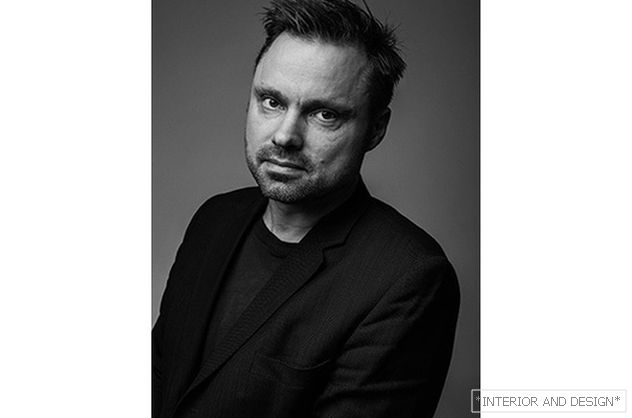 Matti Klenel
Matti Klenel 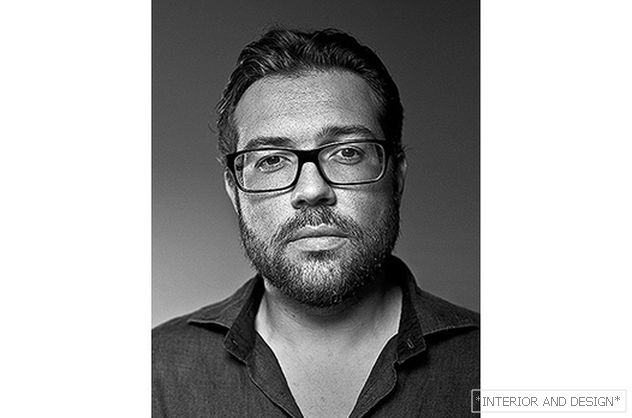 Giorgio Biscaro
Giorgio Biscaro  Sebastian Herkner
Sebastian Herkner  Julio Lacetti
Julio Lacetti  Matteo Nunciati
Matteo Nunciati 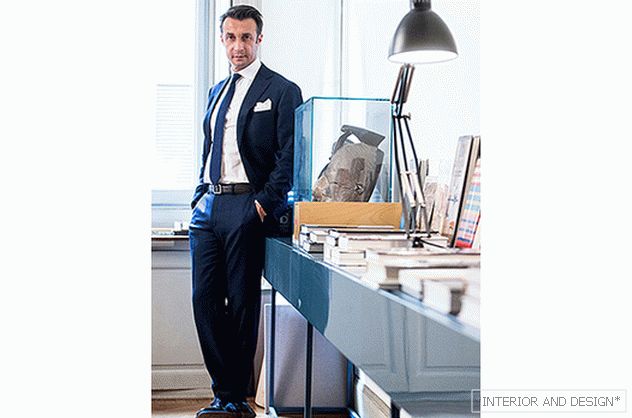 Carlo Colombo
Carlo Colombo In what form should the light come to homes, offices, hotels and restaurants? Each of the authors invited by the factory gave his answer to this question. As a result, the Lights to Live collection shows us five trends in modern lighting design.
1 ENERGY EFFICIENCY and design: work and office
The Lights to Live collection includes two table lamps: Kinx Karim Rashid and Volee Odo Fioravanti. Both are extremely minimalist, but colorful and, of course, will decorate the desktop. Both there and there dimmed LEDs and other signs of high technology are used.
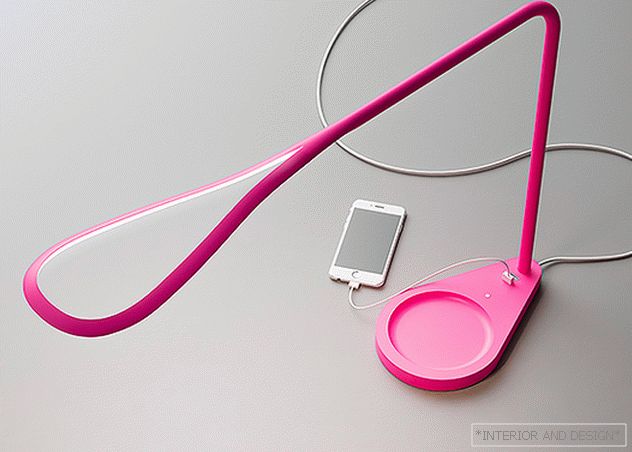 Kinx, diz. K. Rashid
Kinx, diz. K. Rashid Kinx resembles a lasso curved in a throw, LEDs are lit at the edge of the loop. Especially good is the pink color option, but there is also black and white. The brightness of the light is regulated by a dimmer, the base can serve as a stand for small items such as paper clips and has a USB port for gadgets.
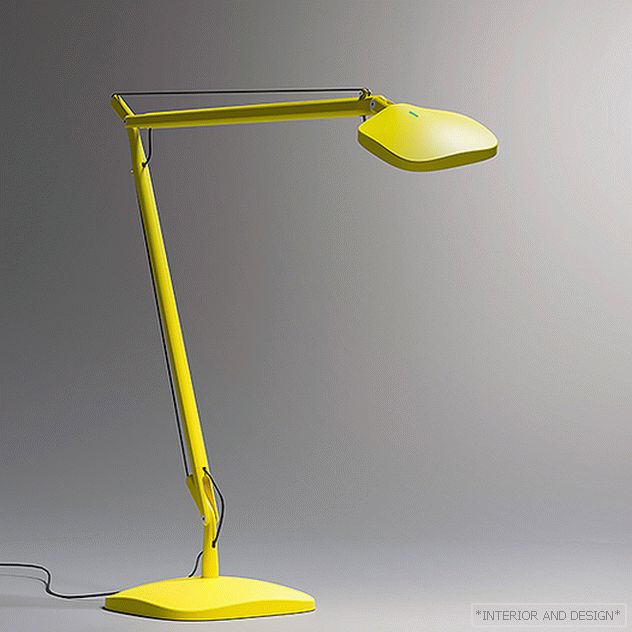 Volee, diz. ABOUT. Fioravanti
Volee, diz. ABOUT. Fioravanti Volee is a hello from the 21st century in the 1920s, when industrial-style lamps began to appear in factories and offices. They had not so elegant contours and diffusers had a completely different shape, but the two-part adjustable leg with a cord running along it was a characteristic detail that has survived to our days.
Volee turns on and off without buttons, by the wave of the hand. Also - with a simple wave - you can adjust the brightness of the LED. After eight hours of continuous operation, a special timer turns off the device: what if you forgot that the working day is over? In addition to bright yellow, white, graphite and silver-gray options are available. The lamp can be mounted to the wall.
2 GLASS returns
Obviously, this material, once the most common in light design, is again relevant. Designers practice working with him, recalling traditions, but looking forward.
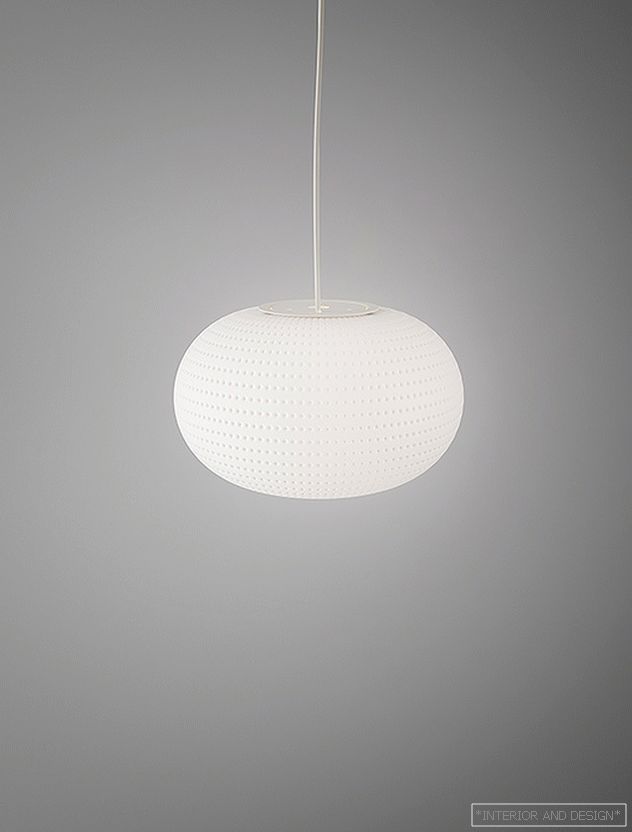 Bianca, Diesel. M. Кленель
Bianca, Diesel. M. Кленель 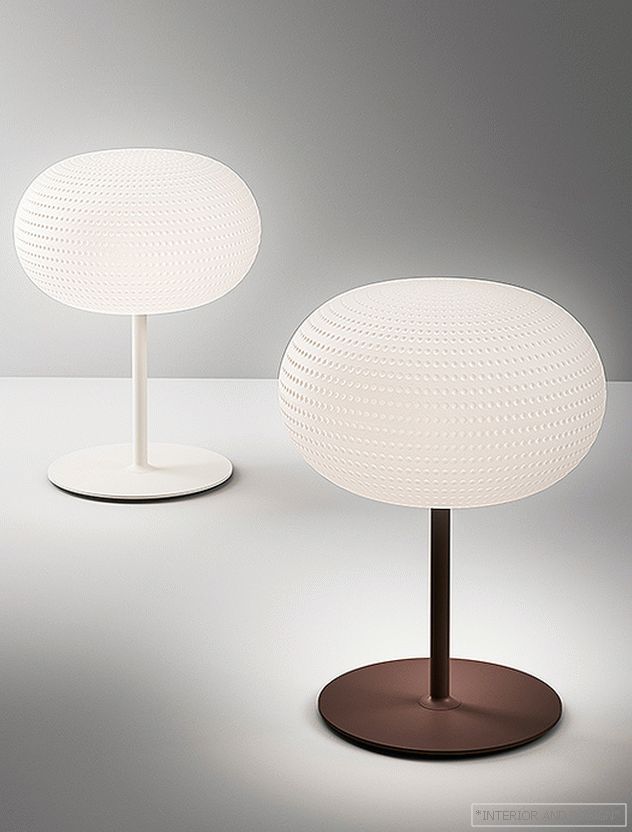 Bianca, Diesel. M. Кленель
Bianca, Diesel. M. Кленель Bianca is a family of blown-glass opal lamps. Designer Matti Klenel found a very proportional ellipsoid shape and came up with a delicate decor: the tracks from the concave points resemble traces in the snow. Tribute to the traditional opal retro-shades, but in a completely different interpretation. There are in the ceiling, floor and desktop versions.
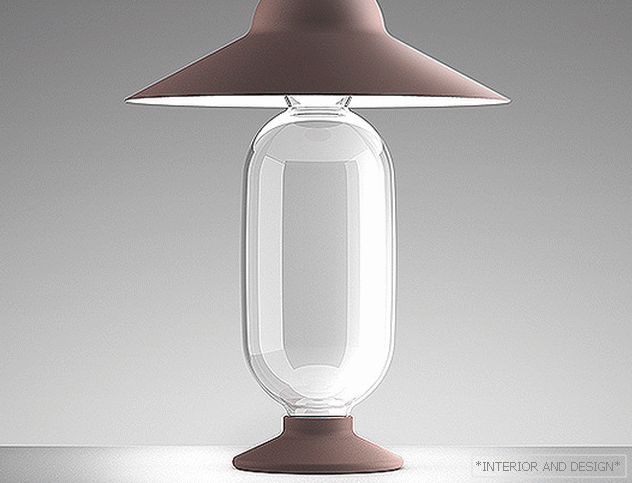 Hollyg, diz. J. Biskaro
Hollyg, diz. J. Biskaro  Hollyg, diz. J. Biskaro
Hollyg, diz. J. Biskaro HollyG is a table lamp with a swivel lampshade-cap and base of manually blown glass. Powered by LEDs. Vintage manufacturing techniques combined with complex technical calculations. As a result, the light, usually scattered when using LEDs in different directions, is concentrated here in a beam penetrating the lamp body. The effect is amazing: it seems to glow from the inside. The source is not visible: it seems that the light appears on the reflector from nowhere. To direct the beam in the desired direction, it is enough to turn the lampshade-reflector in the right direction.
 Nebra, diz. S. Herkner
Nebra, diz. S. Herkner The celestial disc, found near the German city of Nebra, became an archaeological sensation. This find, dating back to the Bronze Age, inspired Sebastian Herkner to create Nebra pendant lights. Due to the minimal size of the LEDs, the body of the pressed glass lamps could be made as flat as possible. Effectively look in the group. There are transparent, tobacco and green options.
3 LED: less is better
Modern lamps are distinguished by industrial materials, minimalist forms and energy efficiency: LEDs are used everywhere. Designers show the wonders of technical thought.
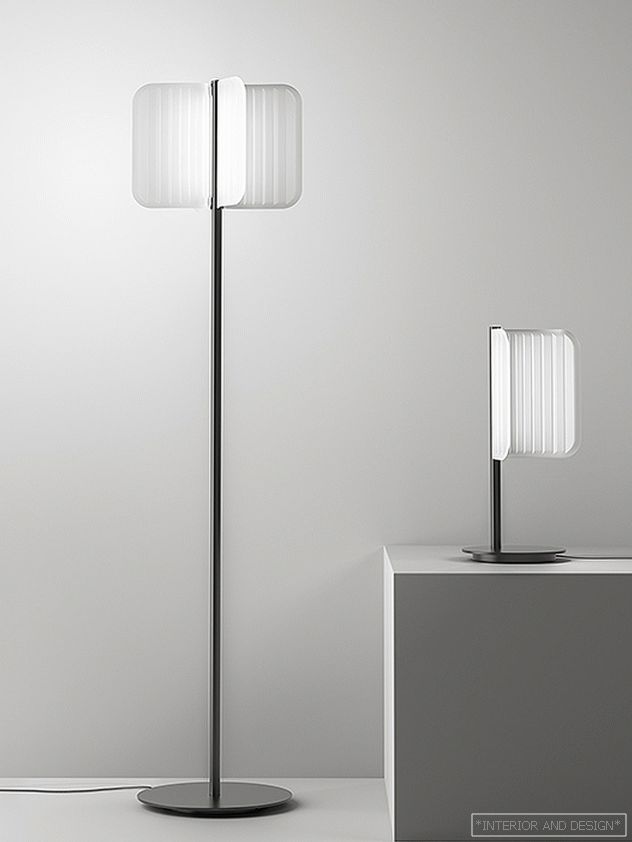 Alisei, Diesel. M. Nunciati
Alisei, Diesel. M. Nunciati Alisei lamps symbolize the white sails of the regatta. LED technology has helped to embody such a poetic image. They allowed to introduce light sources into thin polycarbonate plates. In addition to the floor and desktop options, there is also a wall. To make the lamp look quite original, it is proposed to install two “sailing” sets on the base, one above the other.
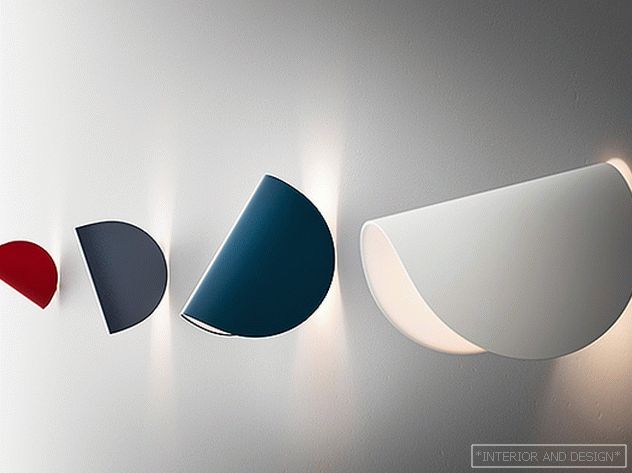 IO, Diesel. Slaesson Koivisto Rune
IO, Diesel. Slaesson Koivisto Rune 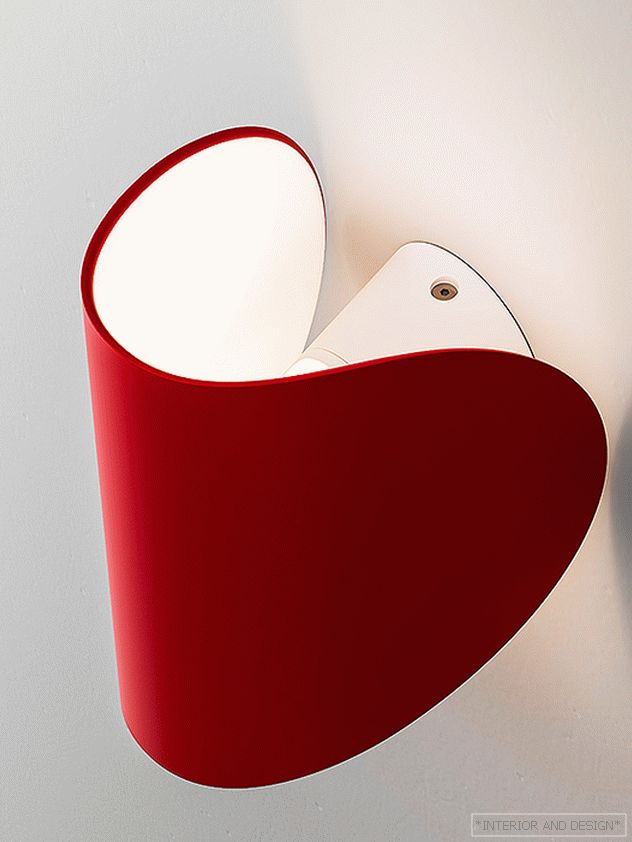 IO, Diesel. Slaesson Koivisto Rune
IO, Diesel. Slaesson Koivisto Rune The body of the LED sconce IO is an arc-bent aluminum disc. A special mechanism allows the lamp to rotate up and down and around its axis. Thanks to this, you can create a variety of lighting scenarios indoors. You can direct the flow of light into the wall and create an intimate atmosphere, or, conversely, to highlight, like a searchlight, any object. Little IO easily fits in your hand and is very convenient to manage. It is located close to the wall and yet does not adjoin it closely - as the eponymous satellite of Jupiter. Available in four matte colors: white, graphite, red and blue. The inner surface is white.
 Apex, Diesel. K. Rasheed
Apex, Diesel. K. Rasheed 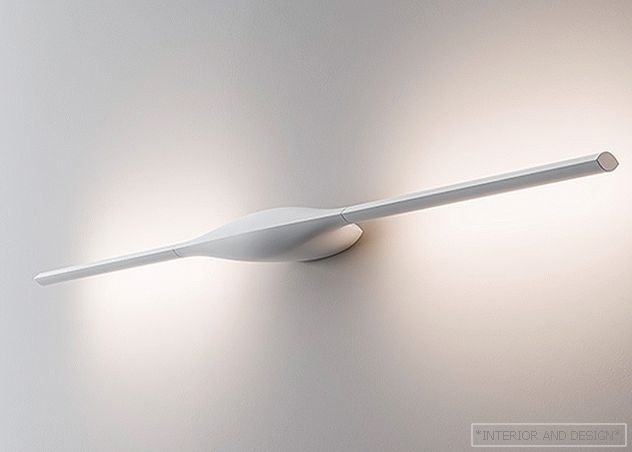 Apex, Diesel. K. Rasheed
Apex, Diesel. K. Rasheed In the off state, the Apex "dissolves" on the plane, but after pressing the switch it is impossible not to notice. The LED object can be fixed on the wall, on the ceiling, vertically, horizontally, diagonally. FontanaArte also proposes to build several such lamps in a single line crossing the ceiling. And they promise a unique effect. Available in glossy black, white and bright blue.
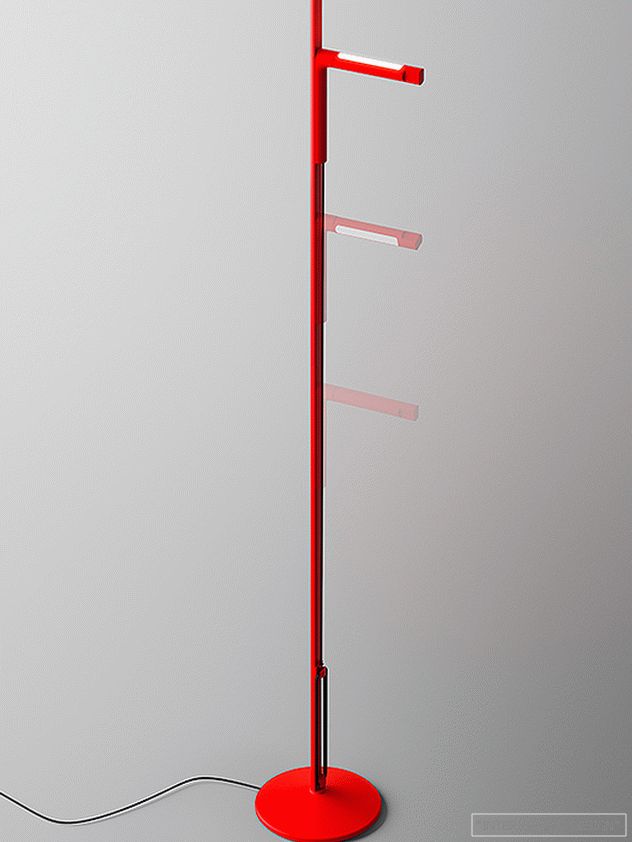 Siptel, diz. J. Lacetti
Siptel, diz. J. Lacetti What distinguishes Siptel floor lamps and table lamps from other new products is the system of magnets. Thanks to the magnet, the minimalist light source can be freely and smoothly moved up and down along the rail casing and fixed in the right place. Its appearance does not spoil any screws and fasteners commonly used for these purposes. The magnet allows you to freely rotate the light source around its axis, directing the light flux in the desired direction. And even the cord coming from the source, if necessary, is wound on a special holder at the bottom and fits snugly to the base of the lamp due to magnetic attraction.
 Tail, Diesel. K. Colombo
Tail, Diesel. K. Colombo 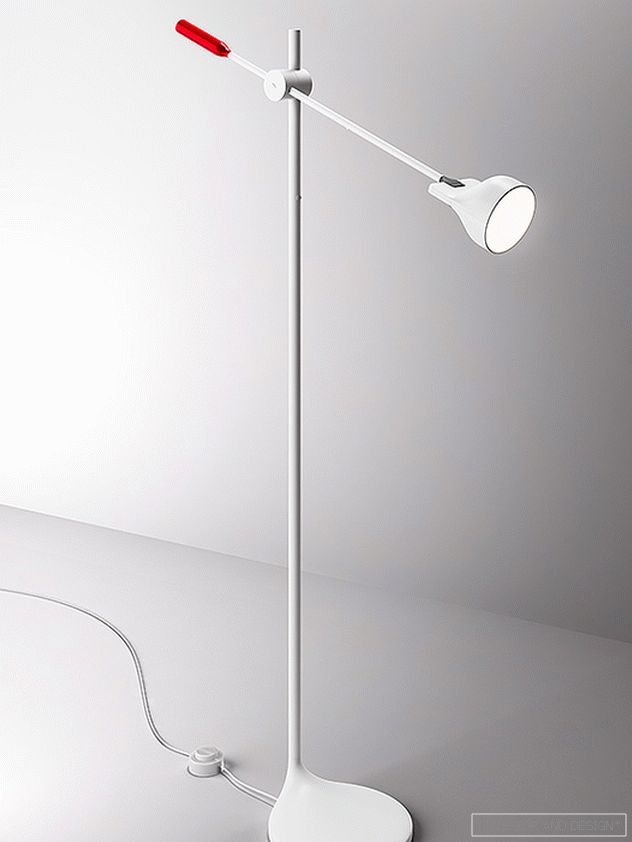 Tail, Diesel. K. Colombo
Tail, Diesel. K. Colombo Светильники Tail понятны, просты, элегантны. Подходят и для офиса, и для дома. Carlo Colombo спроектировал множество вариантов: с возможностью настенного, потолочного и напольного размещения, с двухчастным или трехчастным держателем, а в потолочной версии — и с несколькими плафонами. Отличительный признак всех — контрастный кончик противовеса: либо глянцево-красный, либо кислотно-желтый. Источник света — только LED-лампы.
4 STRAPS
Several classic models of FontanaArte, designed decades ago, have been reissued and reequipped for LED sources.
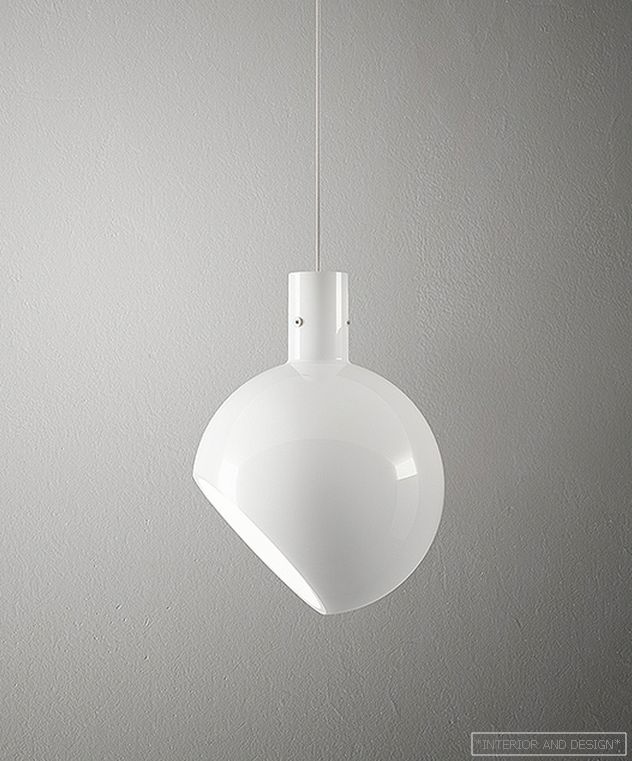 Parola, diz. G. Aulenti, P. Кастильони
Parola, diz. G. Aulenti, P. Кастильони The classics of the genre, Parola lamps, created by Italian design matress Gae Aulenti and her counterpart Pierre Castiglioni in 1980, appeared in the updated version: on suspensions and with LEDs instead of ordinary incandescent bulbs. The original model had a rigid floor, table or wall base.
5 NEW COLOR
The bestsellers of the brand, including Yumi, created by architect Shigeru Ban in 2012, received topical colors.
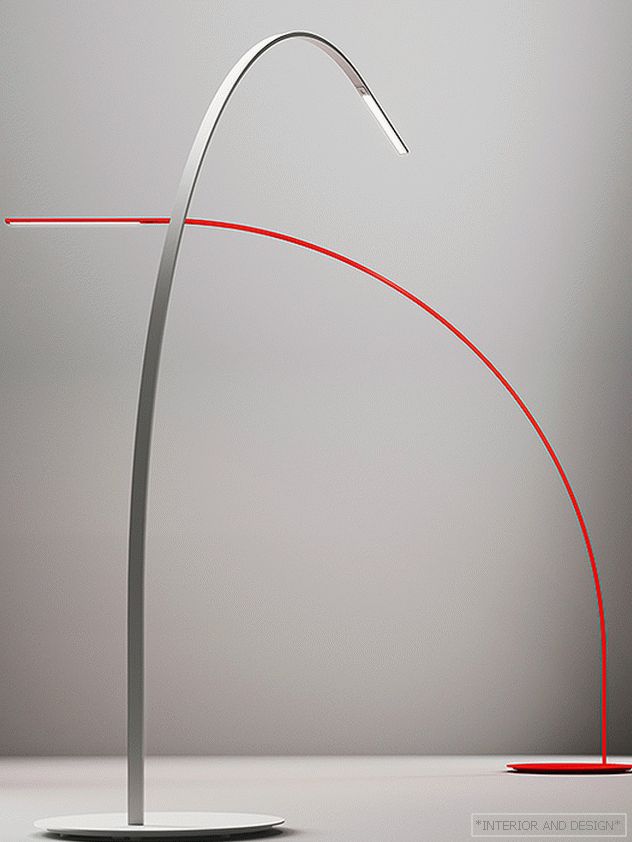 Yumi, diz. Š. Ban
Yumi, diz. Š. Ban 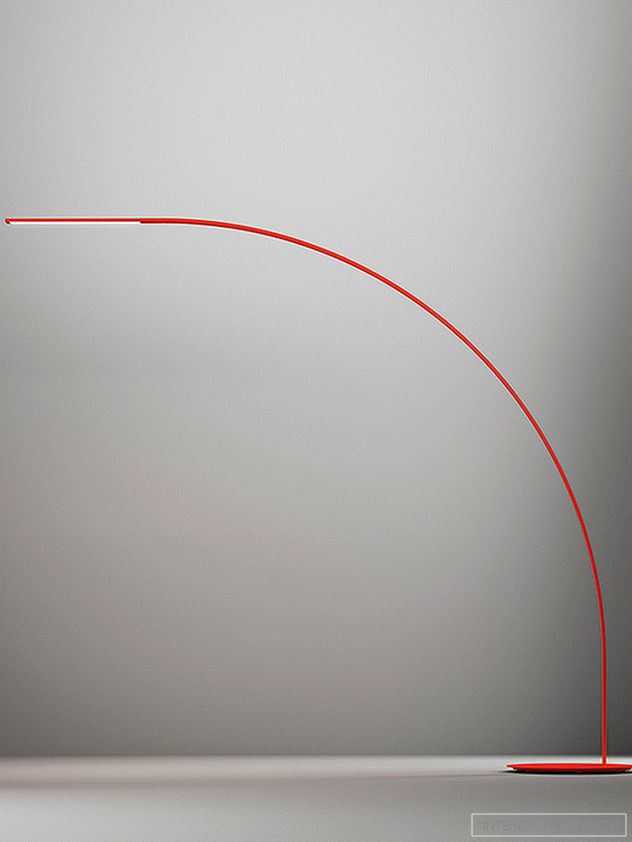 Yumi, diz. Š. Ban
Yumi, diz. Š. Ban 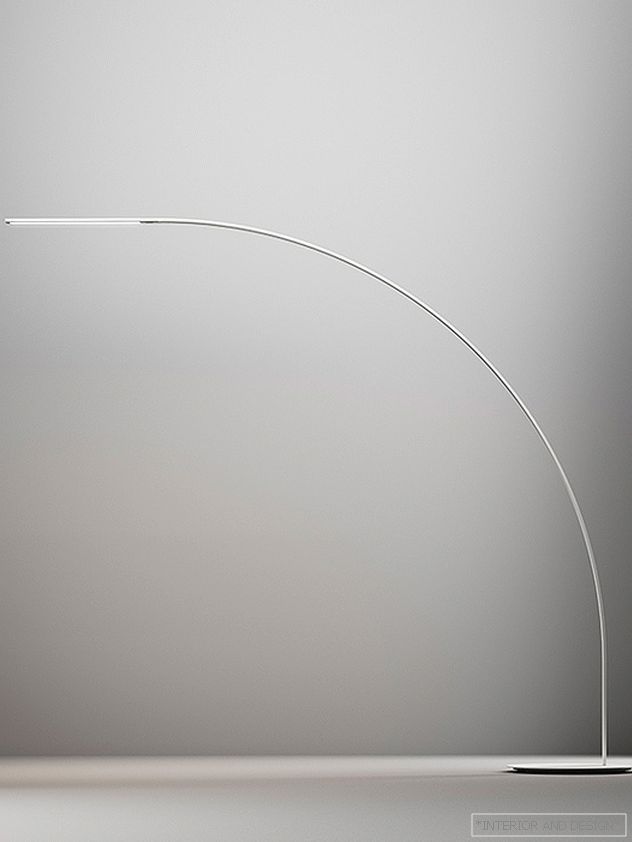 Yumi, diz. Š. Ban
Yumi, diz. Š. Ban The award-winning Yumi is so ahead of its time that even four years after the premiere it looks relevant. And wins in the competition of designers seeking to reduce the form to the minimum possible. The current version is presented in aluminum (the original was from carbon fiber). The colors have also been updated: now Yumi is available in white and in fluorescent red.

